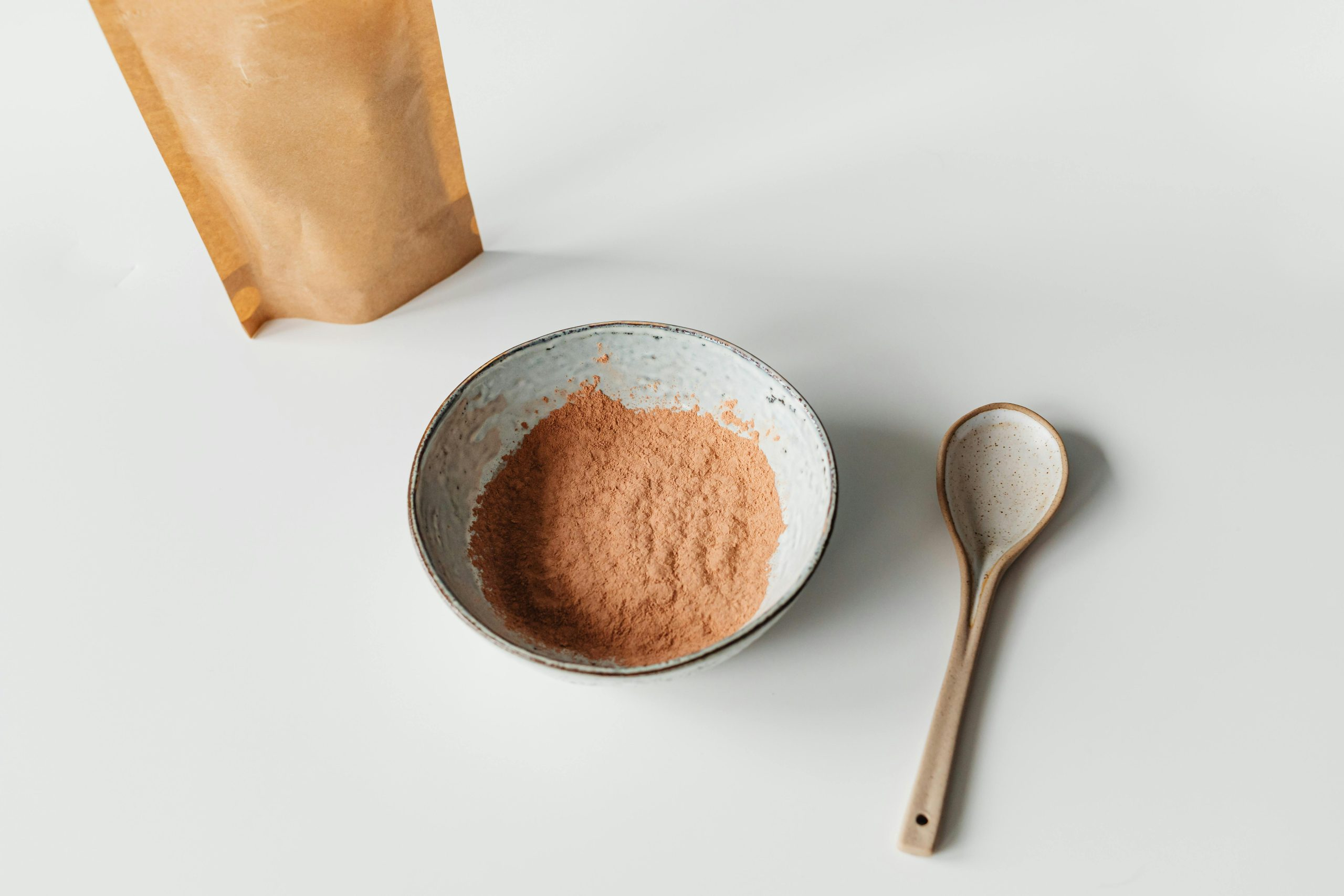Zero-Waste Cooking Tips for Eco-Conscious Kitchens
Are you looking to reduce your environmental impact and create a more eco-friendly kitchen? One simple way to achieve this is through zero-waste cooking. This sustainable approach involves making the most out of your ingredients, reducing food waste, and using eco-friendly alternatives. Not only is it better for the environment, but it can also save you money in the long run. In this article, we will share some easy and practical zero-waste cooking tips for an eco-conscious kitchen. Let’s get started!
The Benefits of Zero-Waste Cooking
First, let’s talk about why zero-waste cooking is important. According to the United Nations’ Food and Agriculture Organization, approximately one-third of all food produced in the world is wasted. This not only has negative impacts on the environment, but it also means that valuable resources such as water, land, and energy are being wasted as well.
By practicing zero-waste cooking, you can help reduce this waste and make a positive impact on the environment. In addition, it can also save you money by using up ingredients that might otherwise go to waste. Plus, it can encourage you to get creative in the kitchen and try new recipes using what you already have on hand.
Plan Your Meals
The key to zero-waste cooking is planning. Before heading to the grocery store, take inventory of what you already have in your pantry and fridge. Then, make a list of meals you can create using those ingredients. This will not only reduce food waste but also save you money on unnecessary purchases.
Another helpful tip is to plan your meals around seasonal produce. This not only supports local farmers and reduces your carbon footprint, but it can also be more affordable and fresh. If you have any leftovers from your meals, be sure to incorporate them into your meal plan for the following days.
Use All Parts of Your Ingredients
Oftentimes, when cooking, we only use certain parts of an ingredient and discard the rest. However, many parts that we consider scraps or waste can actually be used in cooking. For example, vegetable scraps can be used to make homemade broth or added to stir-fries and soups for added flavor. Citrus peels can be used to infuse water, and stale bread can be transformed into croutons or breadcrumbs.
Don’t be afraid to get creative and experiment with using different parts of your ingredients. You may discover new recipes and flavors in the process.
Invest in Reusable Containers and Bags
Using single-use plastic containers and bags can generate a lot of waste in the kitchen. Instead, opt for reusable alternatives like glass jars, stainless steel containers, and reusable silicone bags. These are not only better for the environment, but they can also save you money in the long run as you won’t need to repurchase disposable containers.
When grocery shopping, bring your own reusable bags or ask for a paper bag instead of a plastic one. This small change can make a big impact on reducing plastic waste.
Compost Your Food Scraps
Even with careful planning and using all parts of your ingredients, some food scraps may still end up as waste. Instead of throwing them in the trash, consider composting them. Composting is a natural process that turns food and plant waste into nutrient-rich fertilizer for your garden or houseplants.
If you don’t have a garden, you can still compost using a small compost bin or vermicomposting (using worms to break down food scraps). This not only helps reduce food waste but also creates a sustainable way to nourish your plants and reduce the need for chemical fertilizers.
More Tips for a Zero-Waste Kitchen
-Buy in Bulk
When possible, buy pantry staples in bulk to reduce packaging waste. Be sure to store them in airtight containers to keep them fresh.
-Freeze Leftovers
Instead of tossing out leftover food, freeze it for future meals. This can also come in handy when you’re short on time and need a quick and easy dinner option.
-Reduce Packaging Waste
Avoid buying heavily-packaged products and opt for fresh produce and bulk options. You can also make your own cleaning and beauty products to reduce plastic waste.
Conclusion
In conclusion, zero-waste cooking is a simple way to reduce your environmental impact and create a more eco-friendly kitchen. With careful planning, using all parts of your ingredients, and investing in reusable options, you can significantly reduce your household waste. Small changes can make a big impact, so why not give zero-waste cooking a try? Your wallet and the planet will thank you!











